“Every time you learn something, your performance improves”
Transition Zone Surfcasting
By Dennis Zambrotta
{A “transition zone” is an area where one type of
bottom structure changes to another.}
As a surfcaster I’ve always been fascinated about the environment I fish. From how baitfish and different types of seaweed relate to how weather and tides affect each other. I enjoyed learning about them because they were integral parts of what I loved to do.
I have extensive experience and background in fishing for largemouth bass in sweet water where bottom structure plays a very important part when fishing. For example I learned to concentrate my efforts for largemouth bass in areas called “transition zones” such as where two different types of cover or structure abut each other. Examples would be where milfoil turns into lily pads, or where a sandy bottom turns rocky. I’ve taken this knowledge and applied it to surfcasting for striped bass and found that it can be just as important in the salt water environment.
Transitions zones are key areas for a surfcaster to locate as they often act as a magnet for
forage and in turn for striped bass. Locate transition zones anywhere on the striper coast and you’ll often find striped bass. Transition zones are the first places I look for when I visit a location for the first time. Areas where a sandy beach transitions into a cobble bottom; the corners where a cobble bowl transitions into a boulder point; maybe where red rock weed transitions to eel grass; all these areas have different ingredients that in turn attract various types marine life. Learn what kinds of structure are preferred by different marine life and you’re a step closer to improving your performance. Mullet for instance take refuge and travel through mats of bubble (pop) weed when the tide is at higher stages. As the tide drops the mullet are forced back out of the bubble weed fields into open water where stripers wait. Lobsters and crabs take refuge in a boulder field that abuts a sand beach – bass travelling along the beach basically enter a restaurant when they finally reach the boulder field. Fish that same boulder field on the correct tide with eels to catch those bass grubbing on crustaceans. Study your environment and how everything relates to it and you’ll be a better surfcaster. Fishing transition zones will improve your score.
Editors note :
Dennis Zambrotta is well know Rhode Island surfcaster and friend of the Surfcaster’s Journal Magazine since our humble beginnings. Dennis is also a very popular seminar speaker and he will be speaking at Surf Day this upcoming Saturday. He was fortunate to be one of the major players during the great Block Island Giant Striper Blitzes in 1980′s and he has recently wrote a book about his experience, Surfcasting Around the Block. You can find more information about the book by clicking on the cover. You can also purchase it from Dennis at Surf Day and other shows this winter

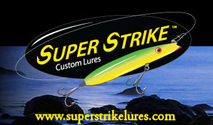

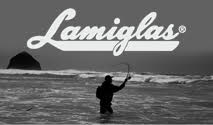


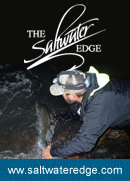
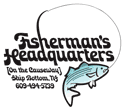



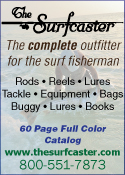
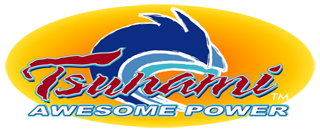

Good stuff!
↓My fishing partner and I plan to visit some places in CT at the lower moon tides to see some of these areas of transition hopefully during the day. Wish I had some scuba gear lol.
Thanks for sharing…
I used to fish largemouth bass as well and have never thought about that transition zone before while surfcasting. Thats why I read this blog everyday. Thanks guys keep up the good work
↓Oh these teaser articles are great!! Now i wanna add another book to my “gotta read” list! Echo JimJ’s comment– this blog is awesome food for thought.
↓GOOD JOB…..GREAT INFO
↓